Cockatiels, with their distinctive crest and charming personalities, have captured the hearts of bird enthusiasts worldwide. Native to Australia, these small members of the cockatoo family have become one of the most popular pet birds, second only to budgerigars in many countries. Their manageable size, relatively quiet nature, and affectionate disposition make them ideal companions for both novice and experienced bird keepers. Whether you’re considering adopting a cockatiel or simply curious about these fascinating creatures, these ten facts will provide insight into what makes these feathered friends so special. From their wild origins to their unique behaviors and care requirements, let’s explore the wonderful world of cockatiels.
Origin and Natural Habitat

Cockatiels (Nymphicus hollandicus) are native to Australia, where they inhabit the arid and semi-arid regions of the Australian outback. In the wild, these nomadic birds travel in flocks ranging from small family groups to gatherings of hundreds, following water sources and food availability. They prefer open woodland areas, scrublands, and grasslands with proximity to water, as they need to drink regularly. Interestingly, cockatiels have adapted to Australia’s harsh climate by developing the ability to conserve water efficiently, allowing them to survive in areas where water sources may be scarce for extended periods. Their natural range once covered most of inland Australia, though habitat changes and human expansion have somewhat reduced their distribution in certain regions.
Physical Characteristics
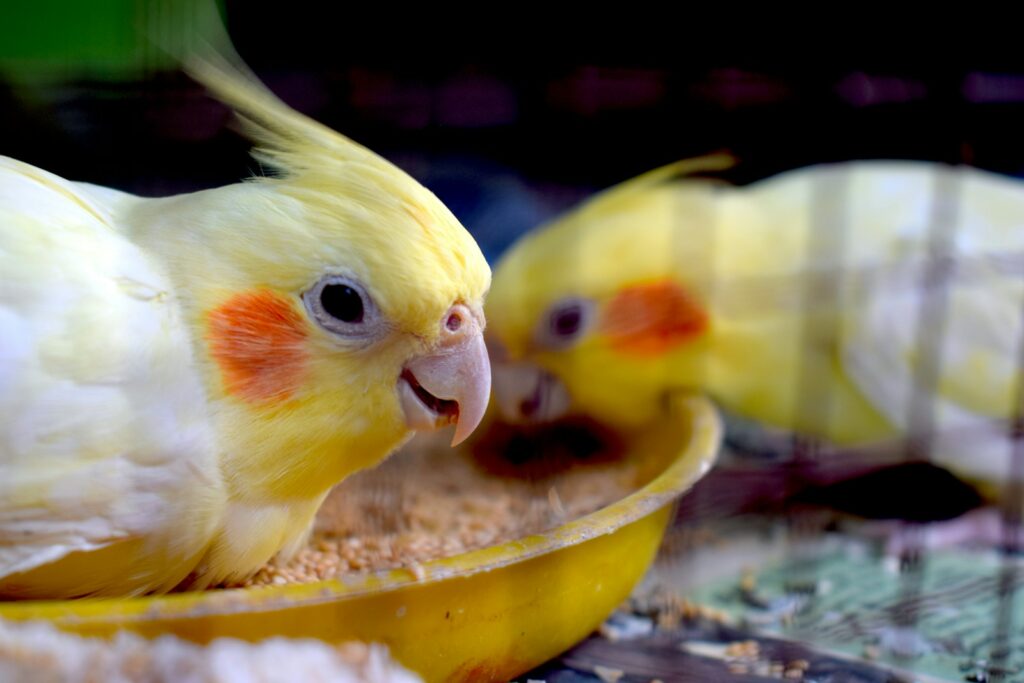
Cockatiels are small members of the cockatoo family, typically measuring 12-13 inches (30-33 cm) from beak to tail tip, with about half of that length being their elegant tail feathers. Their most distinctive feature is the erect crest on top of their head, which they can raise or lower depending on their emotional state—an upright crest often signals alertness or excitement, while a flattened crest may indicate fear or aggression. Wild cockatiels display a primarily gray body with white wing patches, yellow face, and orange cheek patches, though selective breeding has produced numerous color mutations including lutino (yellow), pied, pearl, cinnamon, and albino varieties. Males and females can be distinguished in the wild coloration, with males having brighter cheek patches and faces, though these distinctions become less reliable in certain color mutations.
Impressive Lifespan
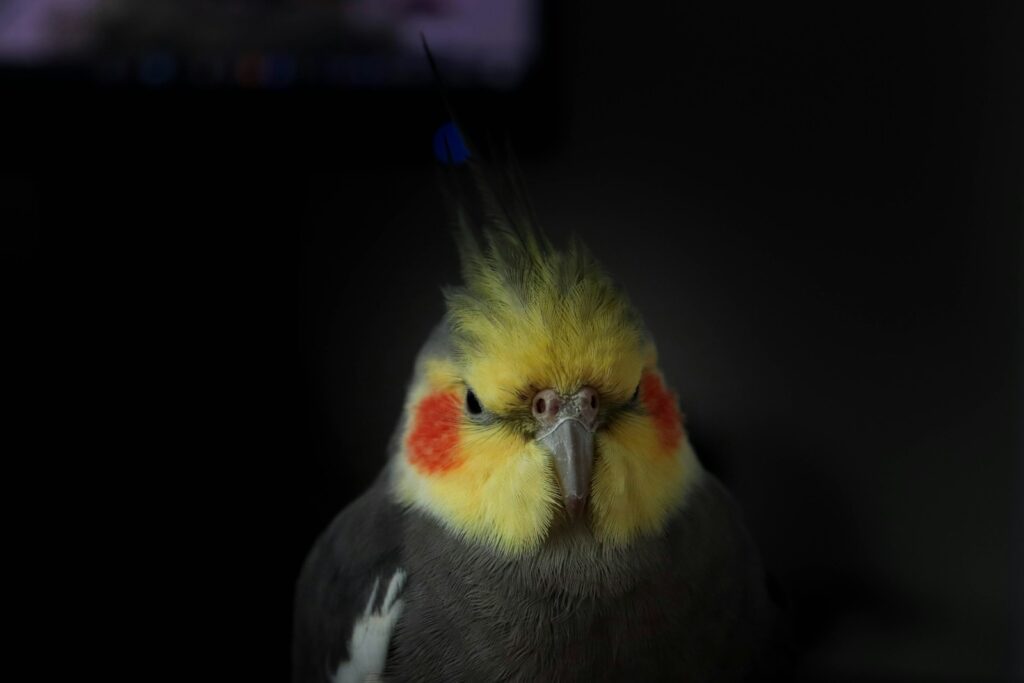
Cockatiels boast an impressive lifespan that often surprises new bird owners, with properly cared for pets living anywhere from 15 to 25 years on average. Some exceptional cockatiels have even been documented reaching 30 years or more, making them a long-term commitment rather than a short-lived pet. This longevity is particularly remarkable considering their relatively small size compared to larger parrots. Their extended lifespan is believed to be related to their efficient metabolism and the evolutionary adaptations that allow them to survive the harsh conditions of their native Australian habitat. Potential cockatiel owners should always consider this significant time commitment before bringing one of these birds home, as they will likely be part of the family for decades rather than years.
Vocal Abilities and Communication
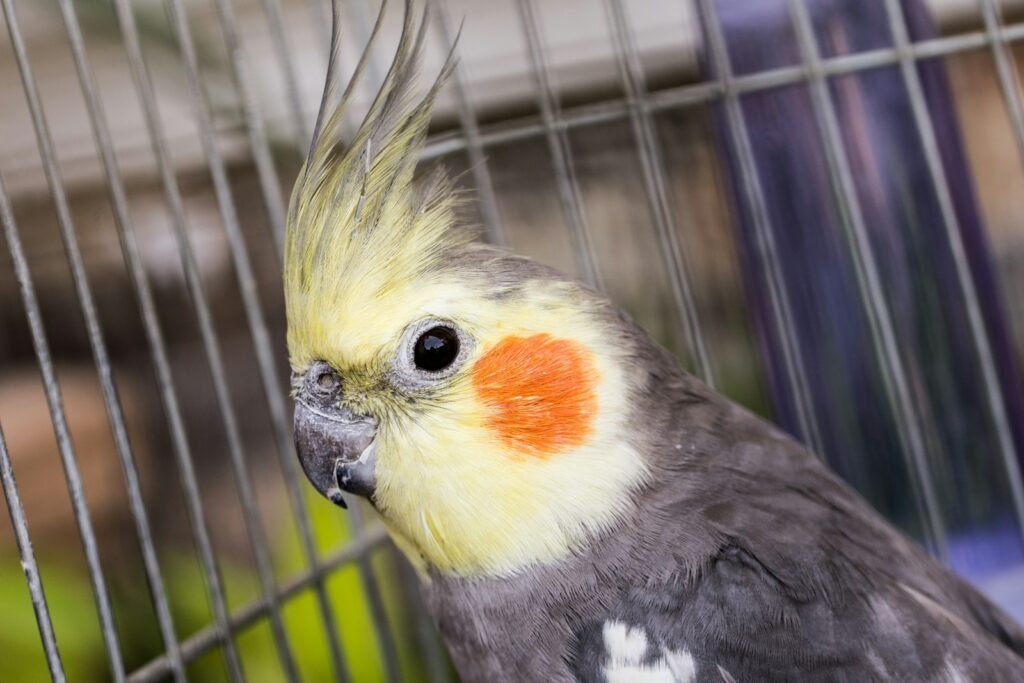
Cockatiels possess remarkable vocal abilities that extend far beyond simple chirping or squawking. Males in particular are known for their whistling talents and can learn to mimic tunes, household sounds, and even human speech, though their vocabulary is typically more limited than larger parrots. Their natural vocalizations include a distinctive contact call that helps flock members locate each other, warning calls to alert others of potential dangers, and various whistles and chirps that communicate different emotional states. Interestingly, cockatiels also communicate through body language, with crest positions, wing displays, and tail movements all conveying specific messages to observant owners and other birds. These communication skills make cockatiels highly interactive pets that will actively engage with their human companions through both vocal and physical expressions.
Unique Dust Production

Unlike many other bird species that produce oils to condition their feathers, cockatiels and other members of the cockatoo family generate a fine, powdery dust called “powder down.” This powder is produced by specialized feathers that disintegrate into a talc-like substance that helps waterproof and condition the bird’s plumage. When a cockatiel preens, they distribute this protective powder throughout their feathers, giving them their characteristic soft, velvety appearance. This dust production is particularly noticeable during molting periods when increased feather growth and replacement occurs. While this natural phenomenon is essential for the bird’s health, it can be problematic for owners with respiratory sensitivities or allergies, potentially making cockatiels unsuitable pets for those with asthma or similar conditions. Regular bathing or misting can help manage dust levels in the home environment.
Exceptional Bond-Forming Capabilities
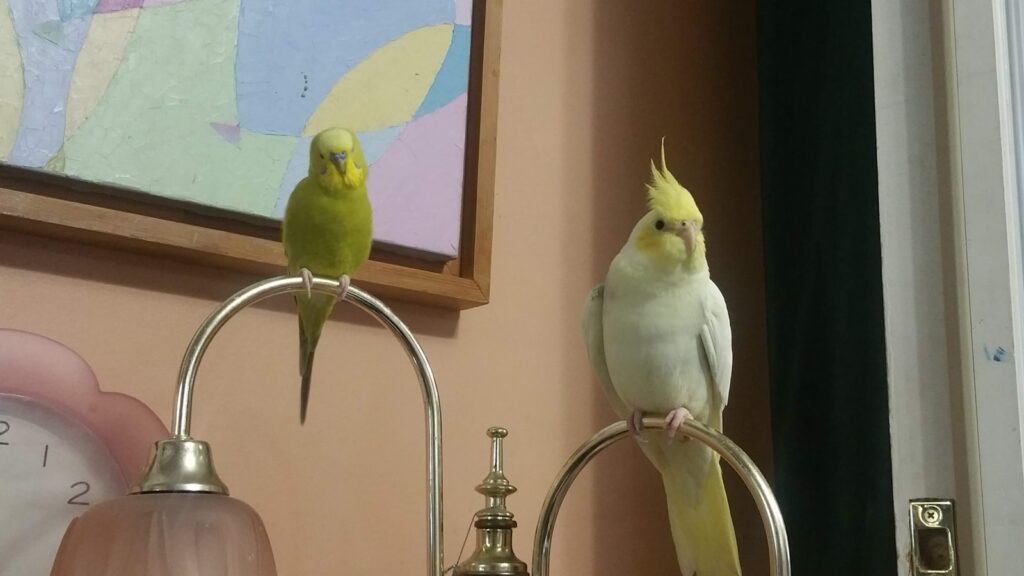
Cockatiels are renowned for their ability to form deep, lasting bonds with their human caretakers, often becoming extremely attached to specific family members. This emotional connection manifests in various behaviors, such as seeking out their favorite person for interaction, displaying excitement when that person enters the room, and even becoming jealous when attention is directed elsewhere. Their capacity for emotional bonding stems from their naturally social nature as flock birds in the wild, where strong connections within the group enhance survival. When hand-raised from a young age, cockatiels often imprint on their human caregivers, viewing them as flock members and potential mates. This profound bonding ability makes cockatiels particularly rewarding companions but also means they require consistent daily interaction to prevent loneliness and the behavioral problems that can develop from social isolation.
Intelligent Problem Solvers

Cockatiels possess surprising intelligence and problem-solving abilities that often exceed expectations for birds of their size. They can learn to navigate complex puzzles, manipulate latches to escape cages, and even develop strategies to obtain treats or toys placed just out of reach. This cognitive flexibility allows them to adapt quickly to changes in their environment and learn from experience, making them adept at training with positive reinforcement techniques. Many cockatiel owners report their birds learning tricks such as going through hoops, playing dead, or even retrieving small objects on command. Their intelligence extends to environmental awareness as well, with cockatiels often developing routines based on household patterns and anticipating regular events like feeding times or family members returning home. This mental acuity means cockatiels require regular mental stimulation through toys, training, and environmental enrichment to prevent boredom and associated behavioral issues.
Unique Sleep Requirements
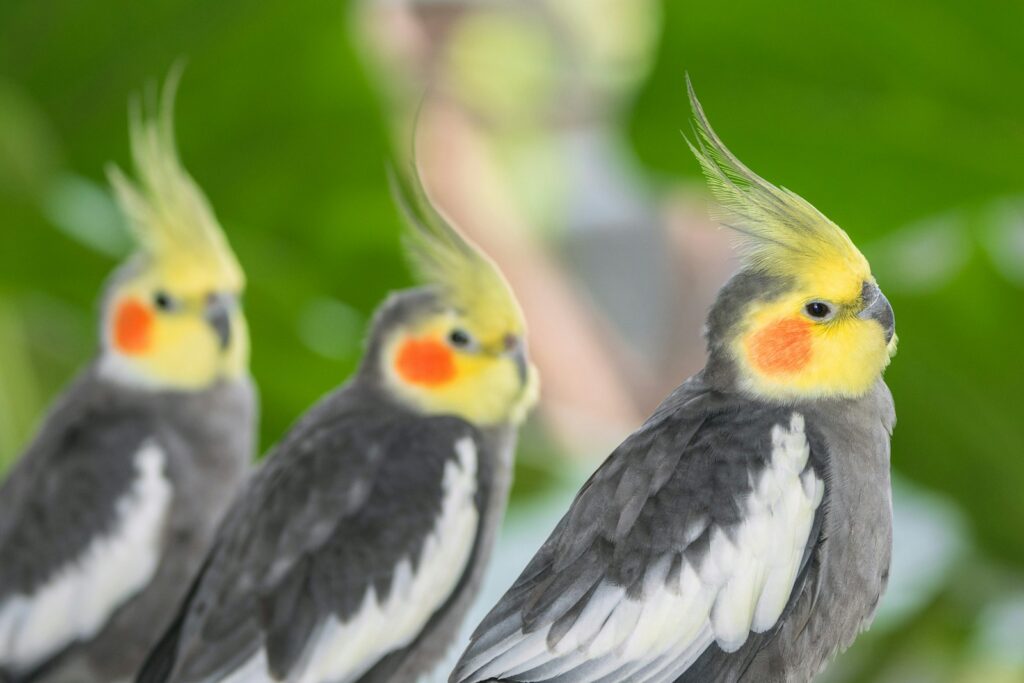
Cockatiels have distinct sleep needs that differ significantly from many other pet species, requiring approximately 10-12 hours of uninterrupted darkness each night to maintain optimal health. This substantial sleep requirement reflects their natural rhythms in the wild, where they become active at dawn and settle down at dusk. Without adequate rest, cockatiels can become irritable, stressed, or even develop health problems and behavioral issues over time. Many owners find that covering the cage or placing it in a quiet, dark room is necessary to provide the darkness and silence that promotes quality sleep. Interestingly, cockatiels often sleep standing on one leg with their head tucked under a wing, a position that conserves body heat and energy. They may also experience brief periods of light sleep during the day, particularly after energetic play sessions or during quiet afternoon hours.
Dietary Specializations
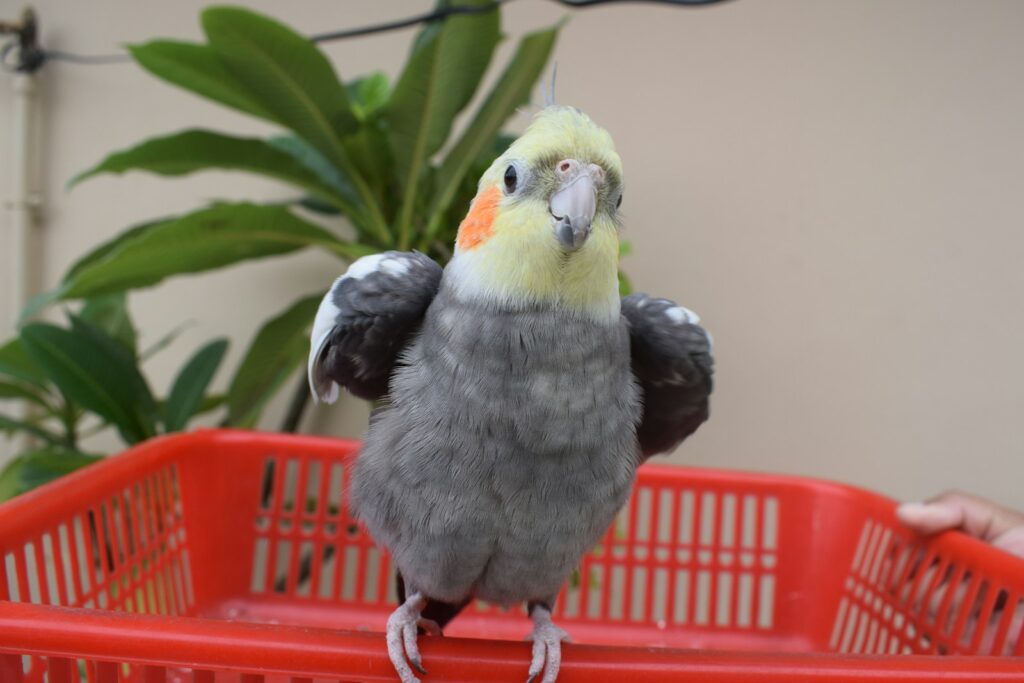
In their natural habitat, cockatiels are primarily granivores, specializing in seeds from native grasses and plants that they forage from the ground or directly from plants. This natural diet influences their nutritional needs in captivity, though a seed-only diet lacks essential nutrients and can lead to malnutrition and health problems. A balanced cockatiel diet should include a high-quality commercial pellet base supplemented with a variety of fresh vegetables, limited fruits, and small amounts of seeds as treats rather than dietary staples. Particularly beneficial vegetables include leafy greens like kale and spinach, bell peppers, carrots, and broccoli, while fruits should be offered sparingly due to their sugar content. Cockatiels also require access to calcium sources such as cuttlebone or mineral blocks to support healthy bone development and egg production in breeding females, making dietary management an important aspect of cockatiel care.
Natural Foraging Behaviors
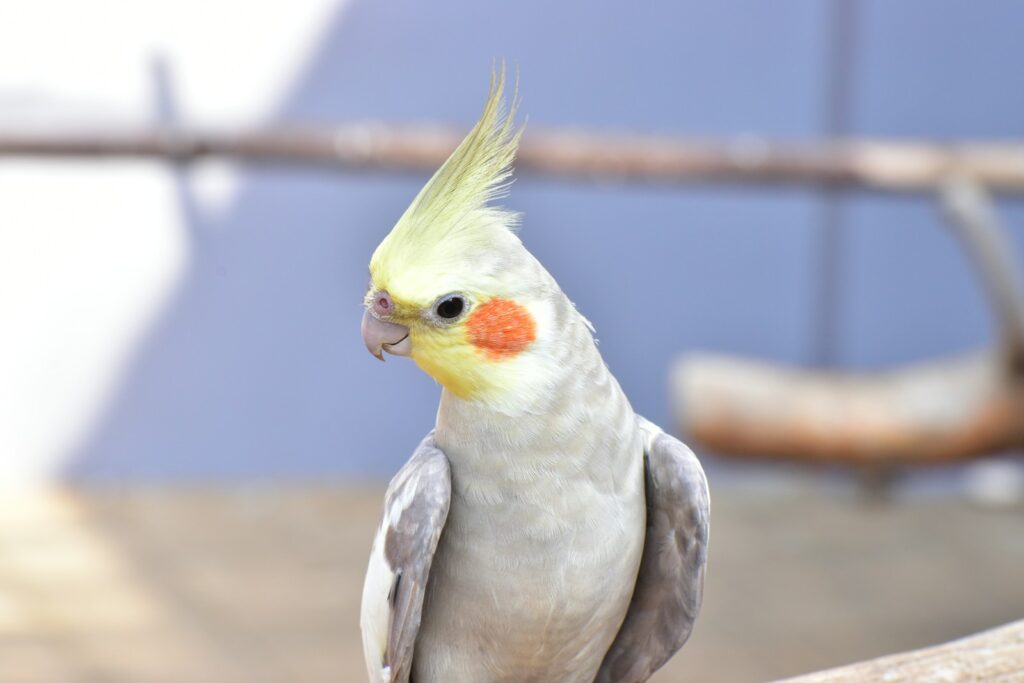
Cockatiels have retained strong natural foraging instincts from their wild ancestry, where they would spend several hours each day searching for food on the ground and in low vegetation. In captivity, these birds benefit tremendously from opportunities to engage in foraging behaviors rather than simply eating from a dish. Foraging toys, puzzle feeders, and strategically hidden treats around the cage or play area not only provide mental stimulation but also encourage physical activity and satisfy innate behavioral needs. Without these outlets, cockatiels may develop destructive behaviors, excessive vocalization, or even feather plucking as expressions of boredom and frustration. Experienced cockatiel owners often rotate different types of foraging challenges to keep their birds engaged and prevent them from losing interest in particular toys or puzzles. This aspect of environmental enrichment is particularly important for single cockatiels who don’t have the social stimulation of a companion bird.
Sexual Dimorphism and Breeding
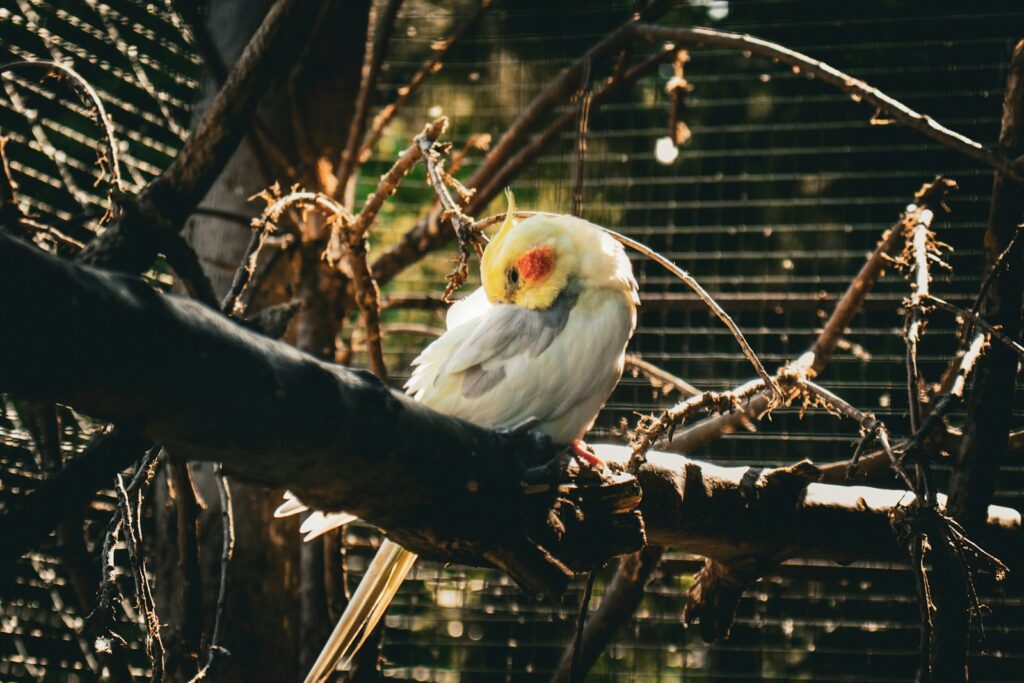
Mature cockatiels display notable sexual dimorphism, with males and females showing distinct visual and behavioral differences once they reach maturity at about 6-9 months of age. In the wild gray coloration, males typically have brighter yellow faces, more vibrant orange cheek patches, and often engage in more vocal behaviors including whistling and mimicry, while females tend to be quieter and have more muted facial coloration with barring patterns under their tail feathers. These differences become less reliable in certain color mutations, particularly lutinos and albinos, where traditional visual markers may be absent. Breeding cockatiels form monogamous pairs that can remain together for life, with both parents participating in incubation and chick-rearing duties. In captivity, breeding cockatiels require specific environmental conditions including appropriate nesting boxes, proper nutrition, and reduced disturbances to successfully reproduce and raise healthy offspring.
Flight Capabilities and Exercise Needs
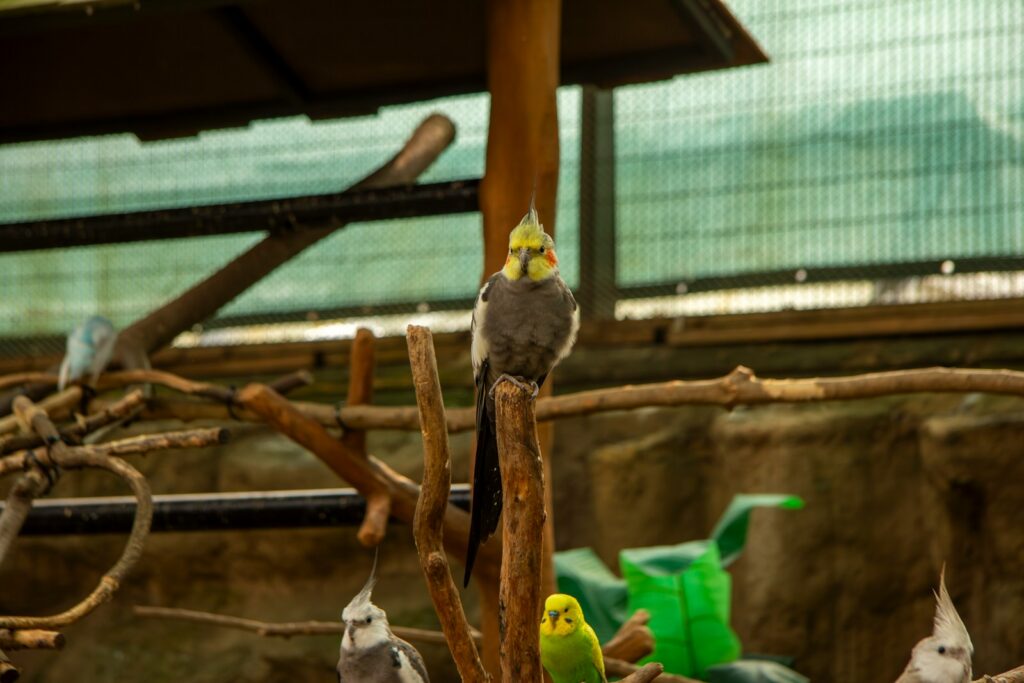
Cockatiels are excellent fliers with streamlined bodies and strong flight muscles that allow for quick, agile movements and sustained flight in the wild. Their long tail feathers serve as rudders, helping them navigate with precision even in gusty conditions. In captivity, cockatiels require regular flight opportunities in a safe, supervised environment to maintain physical health, prevent obesity, and support their psychological well-being. Even birds with clipped wings benefit from out-of-cage time that allows them to stretch their muscles through climbing, flapping, and exploring their environment. Regular exercise is critical for preventing health issues such as fatty liver disease, cardiovascular problems, and weakened immune function that can develop in sedentary birds. Many experienced cockatiel owners create bird-safe rooms or play areas where their pets can safely exercise daily under supervision, with secure windows, no ceiling fans in operation, and removal of potential hazards like toxic plants or dangerous household items.
Conclusion

Cockatiels truly stand out in the avian world with their distinctive personalities, impressive cognitive abilities, and capacity for forming deep bonds with their human companions. From their specialized dust feathers to their exceptional mimicry skills, these small parrots offer a fascinating glimpse into avian adaptation and intelligence. As one of the most popular pet birds worldwide, cockatiels continue to charm owners with their playful antics and affectionate nature. For those considering adding a feathered friend to their family, understanding these ten facts provides a solid foundation for appreciating and properly caring for these remarkable birds. With proper care, nutrition, and socialization, a cockatiel can become not just a pet, but a beloved companion for decades to come.

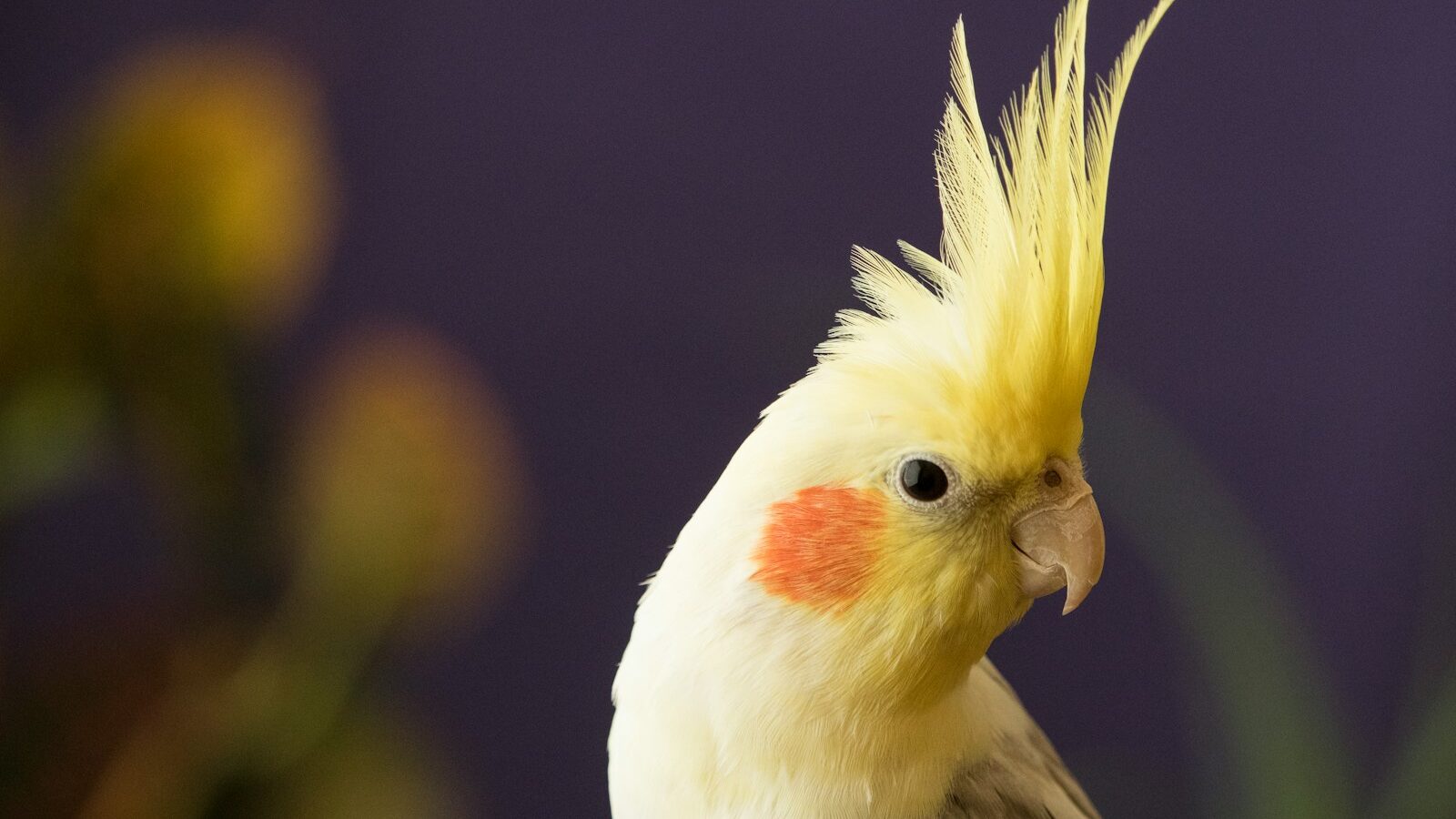

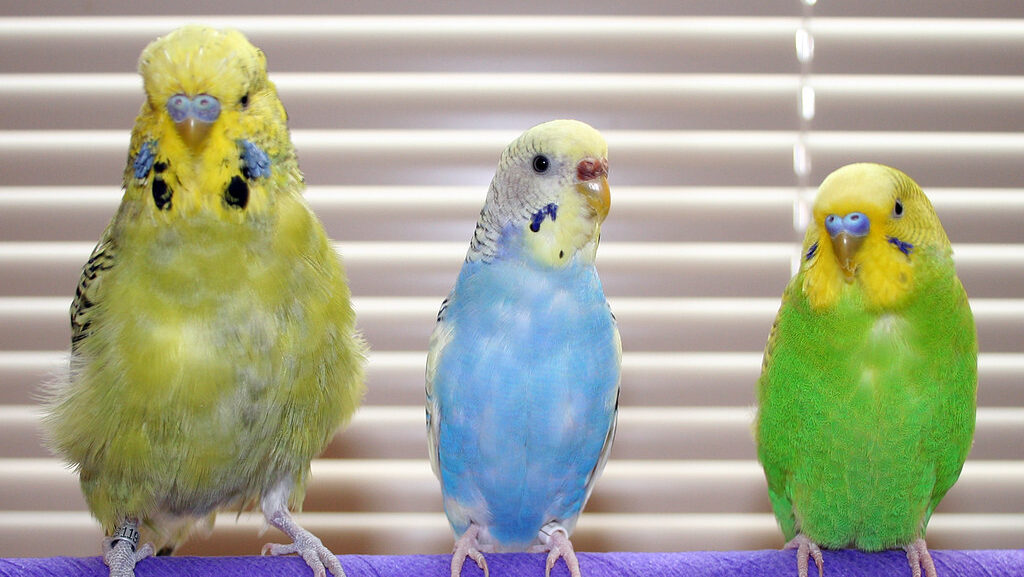

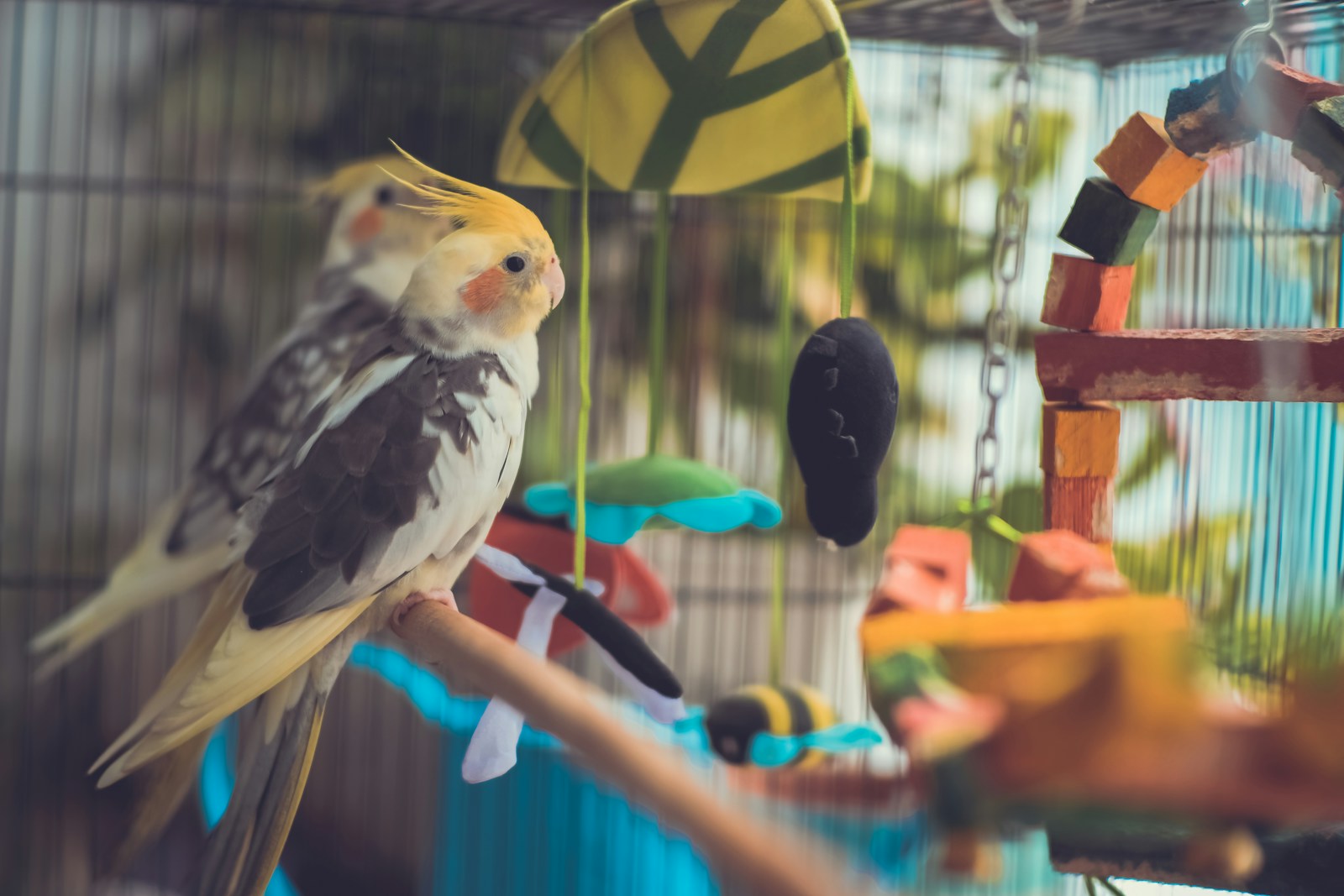
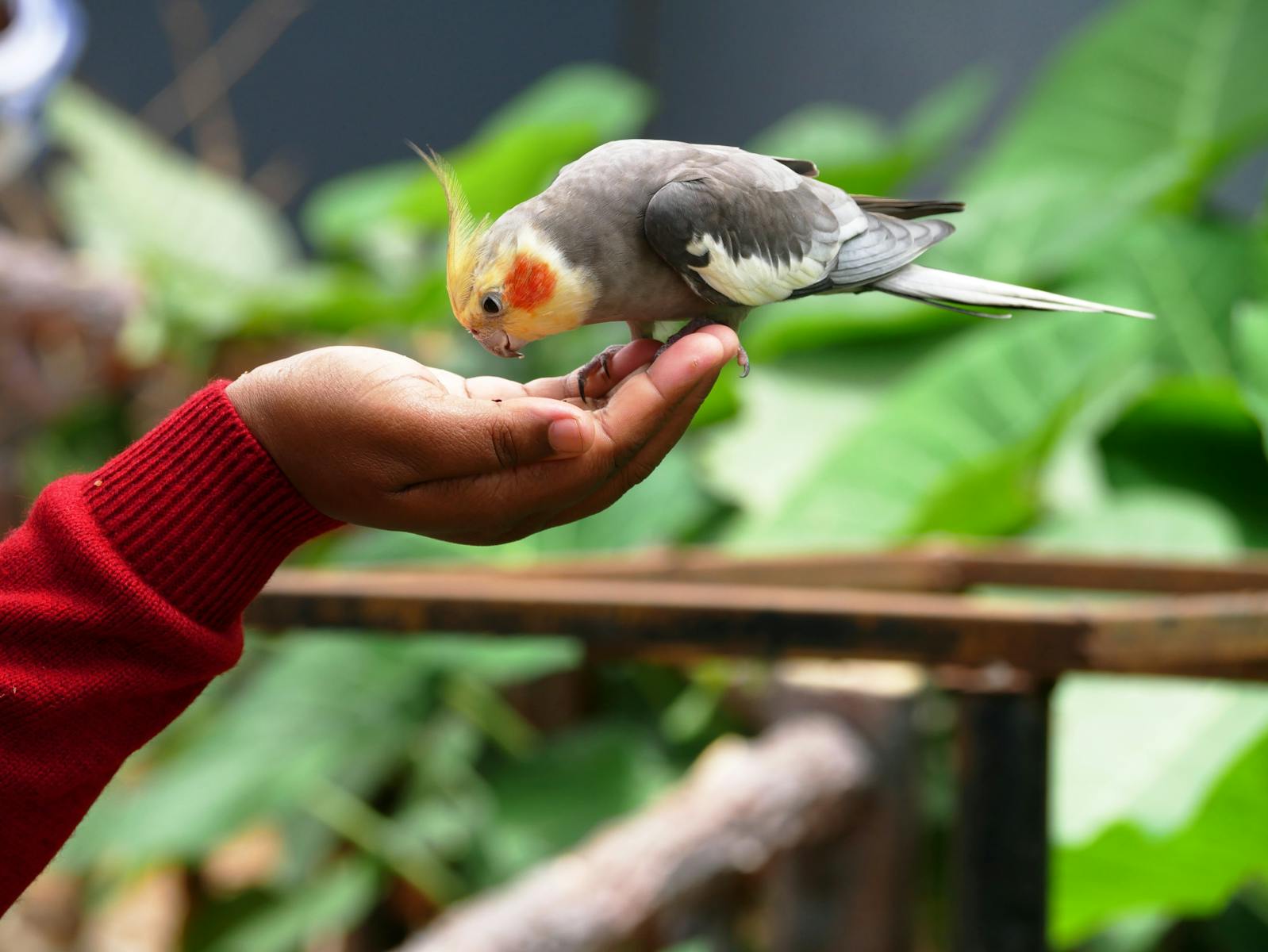
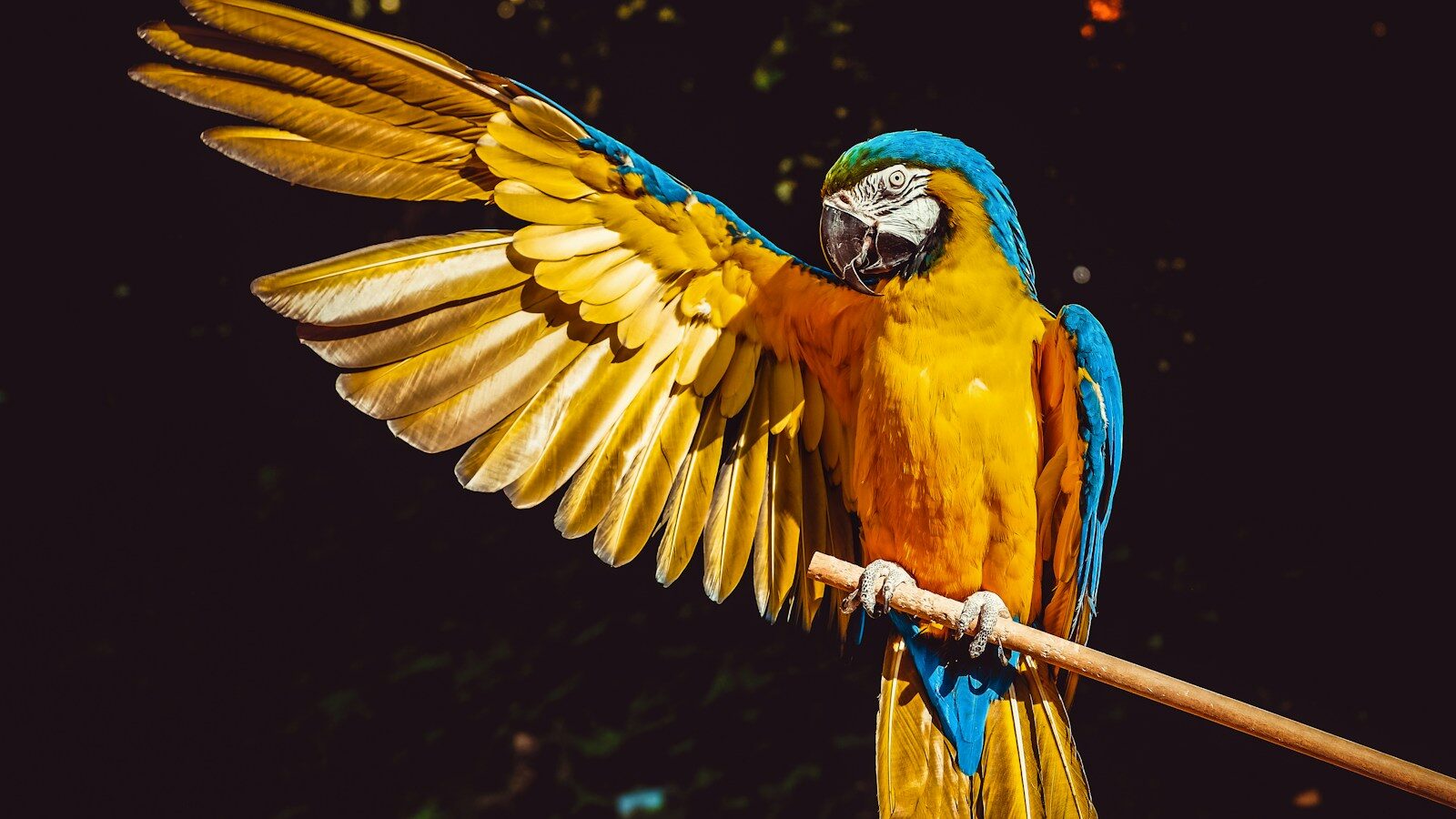

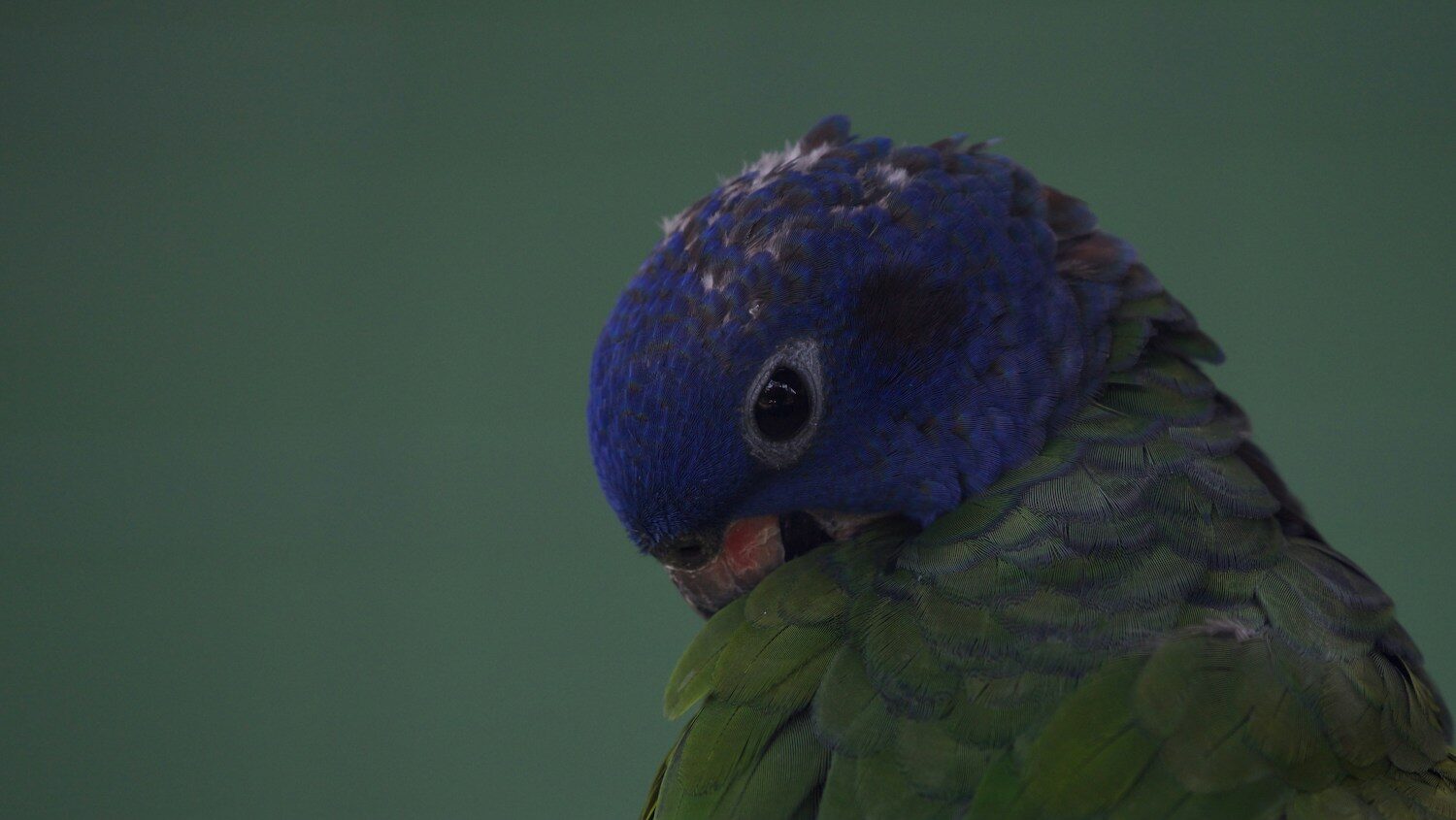

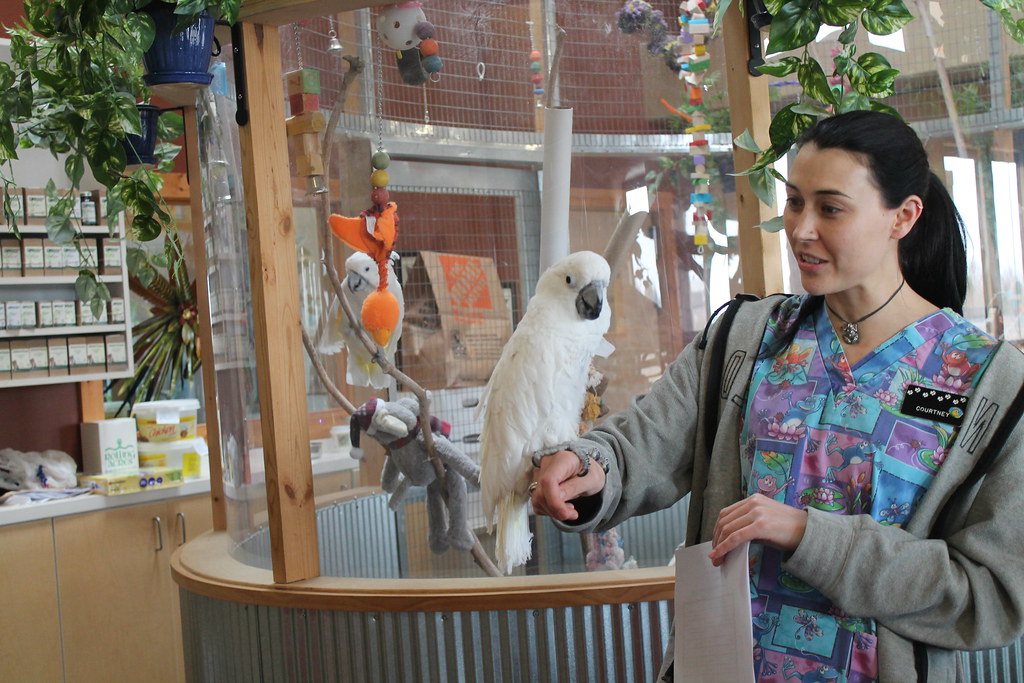




Leave a Reply